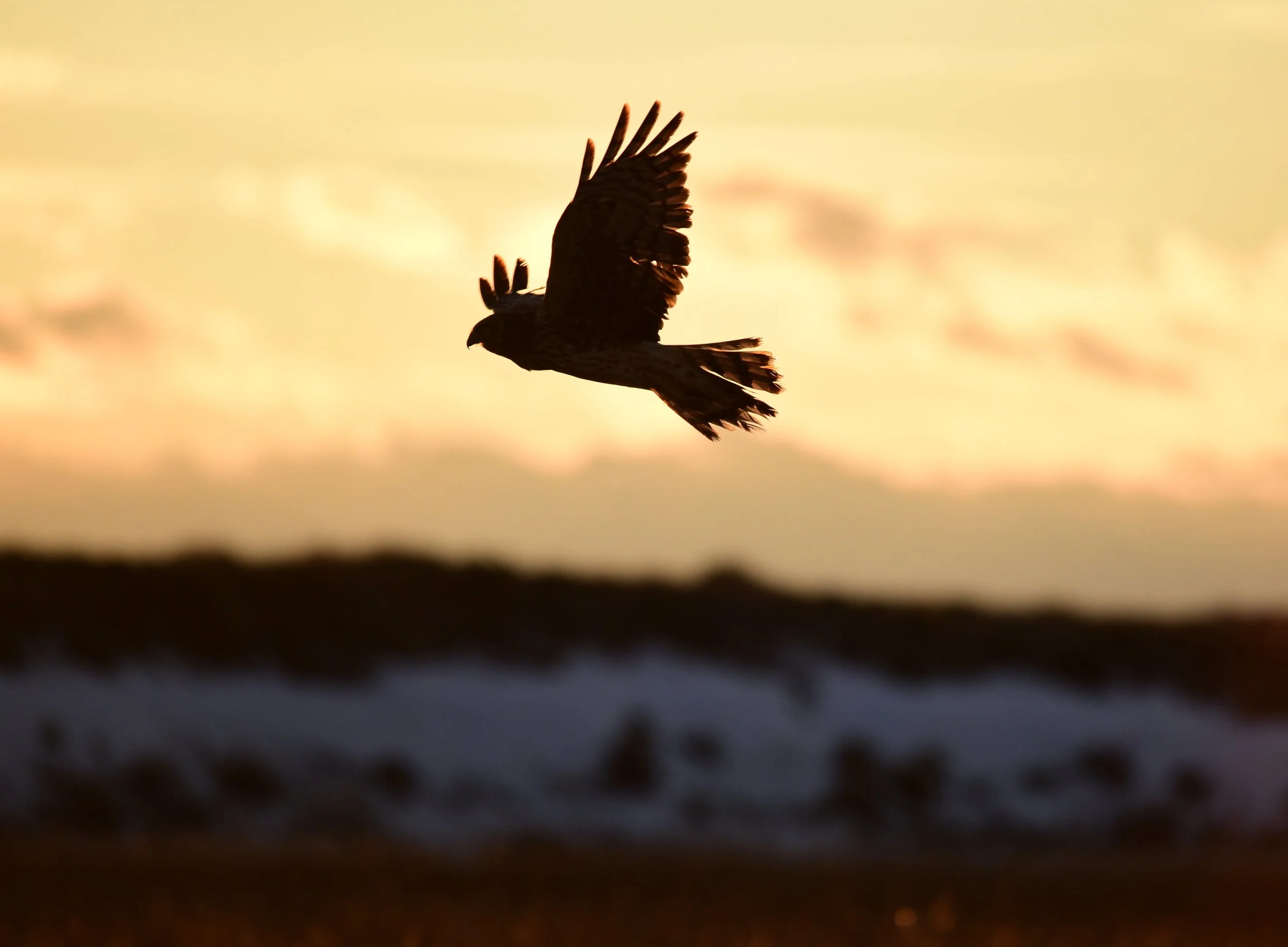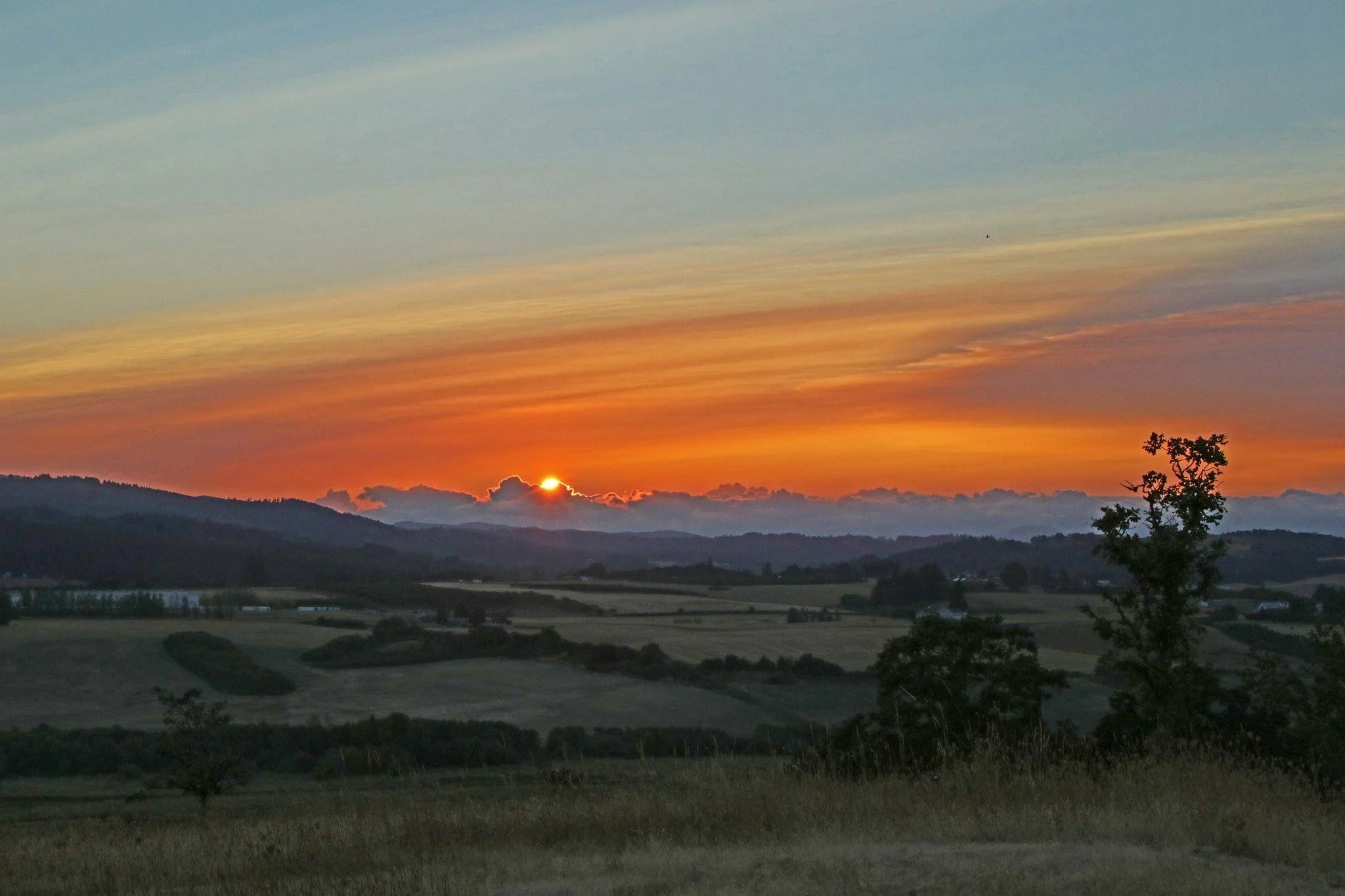Promoting The National Wildlife Refuge System

Promoting the National Wildlife Refuge System has always been one of the National Wildlife Refuge Association’s main priorities. One day we hope that the integrity of our national wildlife refuges will mean something to all future members of Congress, the President, companies, and the American public. If we are successful, the National Wildlife Refuge System and the wildlife that call it home will not have to struggle to be protected because everyone will see their immeasurable value. Having a strong and supportive community for our national wildlife refuges is the key to making this happen and during times where things are uncertain, it is more important than ever.
But the fact of the matter is that the majority of Americans have never heard of a national wildlife refuge nor do they understand why they were established. A mantra that often floats around for the Refuge System is ‘America’s Best Kept Secret’. If the general public does not know about the Refuge System and all the wildlife it provides for how can we expect the public to want to protect these unique public lands? That is where the National Wildlife Refuge Association steps in.
Here are some examples of how we promote the National Wildlife Refuge System and its value to wildlife conservation:
Through our Urban Wildlife Refuge Program, Angie Horn works with partners on the ground to promote and deliver nature-based programs and experiences in Southern California that engage people in the outdoors and build a strong network of conservation champions for the National Wildlife Refuge System and all public lands. Fishing, archery, kayaking, planting, and clean-up programs create a positive connection to the outdoors and can spark a lifelong interest in it, from volunteering to voting. We are currently working to expand our Urban Program.
Our Regional Representatives work across the country to engage with our various partners including refuge Staff, refuge volunteers, Refuge Friends groups, and more. They assist in creating Congressional testimony or comments as appropriate, contribute to articles on relevant topics of interest, provide analysis and review of USFWS-DOI proposed policy or regulations, and represent the National Wildlife Refuge Association at public meetings, events, and conservation partners meetings.
We use online communications to reach out and build a strong supporter base for our National Wildlife Refuge System. Supporters just like you speak out every day on behalf of our National Wildlife Refuge System. Since the wildlife that depends on national wildlife refuges can’t speak, your voice makes a difference with Congress and with national and local officials.
We hope that as a fellow lover of national wildlife refuges you feel free to contact us any time to share something special about your local wildlife refuge, a story about your last visit, or concerns you have for your national wildlife refuge.
News
The National Wildlife Refuge Association is seeking a passionate and community-focused Urban Community Engagement Specialist to support the U.S. Fish and Wildlife Service’s Urban Wildlife Conservation Program in the Northeast through our Urban Wildlife Refuge Program.
Environmentalist and philanthropist Nancy Marshall received a Lifetime Achievement Award from the National Wildlife Refuge Association at the organization’s 50th anniversary kickoff celebration. The event was held January 24 at Grand Living in West Palm Beach, Florida. More than 90 guests enjoyed a sit-down dinner, auction, and dancing with entertainment by Bianna Rosarrio. Marshall was lauded for her work in fundraising and program development for the organization.
A 110-year-old facility is still operating, but the federal government’s DOGE initiative has shrunk the staff to two and put the hatchery in a position that could overturn its workforce completely.
All three sacked employees from the Heinz refuge were under the one-year mark in employment. One of them —a bio-technology worker —was just two weeks shy of a full year of service.
2025 marks a momentous milestone for the National Wildlife Refuge Association: 50 years of unwavering support for the National Wildlife Refuge System. Since 1975, the National Wildlife Refuge Association has been the only independent voice solely dedicated to protecting the largest network of lands and waters in the world dedicated to wildlife conservation. For five decades, the Refuge Association has led the charge, uniting passionate individuals, Refuge Friends groups, and policymakers to rally around this system of public lands and waters to ensure its protection for generations to come.
The National Wildlife Refuge Association is proud to announce the inaugural National Wildlife Refuge System Employee Appreciation Day on December 17, 2024. This special day is dedicated to honoring the tireless efforts of the employees of the U.S. Fish and Wildlife Service’s National Wildlife Refuge System who care for America’s 573 national wildlife refuges and marine national monuments, spanning over 95 million acres of land and 760 million acres of marine areas.
The 125th Christmas Bird Count (CBC) is here! Running from December 14, 2024, to January 5, 2025, this beloved tradition invites bird lovers to join one of the world’s longest-running wildlife surveys. Organized by the National Audubon Society, the CBC began in 1900 as a conservation-friendly alternative to holiday bird hunts. Many national wildlife refuges fall within CBC count circles, making it a fun and meaningful way to support wildlife and collect valuable bird data. Join a local count or tally birds from your feeder and contribute to understanding bird populations around your favorite refuge!
he National Wildlife Refuge Association expresses its deep appreciation to Senators Chris Coons (D-Del.) and John Kennedy (R-La.) for their bipartisan leadership in introducing a Senate resolution to designate the week of October 13-19, 2024, as National Wildlife Refuge Week. This resolution celebrates the significant role that national wildlife refuges play in wildlife conservation, supporting local communities, and offering diverse recreational opportunities for the public.
Discover the newest addition to the National Wildlife Refuge System, the Willamette Valley Conservation Area in Oregon. As part of the Willamette Valley National Wildlife Refuge Complex, this conservation area is home to diverse ecosystems, including wetlands, grasslands, and oak woodlands, which support a wide range of wildlife, such as the Dusky Canada Goose and Fender’s Blue Butterfly. Learn about the collaborative efforts, including contributions from tribal nations, to protect and restore these vital habitats. Although not yet open to the public, future plans promise opportunities for people to connect with nature in this remarkable landscape.
Leatherback Sea Turtles, the largest turtles in the world, are facing significant threats from climate change, habitat loss, and artificial lighting. These ocean giants, known for their incredible migration journeys, rely on a few crucial nesting sites to lay their eggs. The Refuge System plays a vital role in protecting these habitats. Discover how you can help protect Leatherback Sea Turtles and support our conservation initiatives.
Robert Luna, an Engineering Equipment Operator at Toppenish National Wildlife Refuge in Washington, has been named the 2024 Refuge Employee of the Year by the National Wildlife Refuge Association. This award recognizes Robert's exceptional contributions to the refuge, highlighting his innovation, outstanding job performance, and dedication to wildlife conservation.
Wayne Selfridge, a dedicated volunteer at Aroostook National Wildlife Refuge in Maine, has been named the 2024 Refuge Volunteer of the Year by the National Wildlife Refuge Association. This award recognizes Wayne's outstanding contributions to the operation and management of the refuge, highlighting his extraordinary commitment, leadership, and innovative problem-solving.
The Okefenokee Protection Alliance (OPA) has been named the 2024 Refuge Advocate of the Year by the National Wildlife Refuge Association. This award recognizes OPA's extraordinary accomplishments in protecting the Okefenokee National Wildlife Refuge in Georgia from the threat of mining operations and their unwavering commitment to conservation.
The Friends of Hackmatack National Wildlife Refuge, a dynamic and dedicated Refuge Friends organization, has been awarded the prestigious 2024 Molly Krival Award - Refuge Friends Group of the Year. This honor recognizes their outstanding contributions to community engagement and conservation at Hackmatack National Wildlife Refuge, which spans Illinois and Wisconsin.
Under the exceptional stewardship of David Lucas, the Colorado Front Range National Wildlife Refuge Complex, encompassing the Rocky Mountain Arsenal, Two Ponds, and Rocky Flats National Wildlife Refuges, stands out for its conservation excellence and urban community engagement. David Lucas’s innovative leadership has earned him the prestigious 2024 Paul Kroegel Award - Refuge Manager of the Year.
Within the heart of America’s national wildlife refuges lies a commitment to nature and conservation that is essential for the well-being of our communities. The National Wildlife Refuge Association is proud to announce the recipients of the 2024 Wildlife Refuge Awards, recognizing the exceptional contributions made to the U.S. Fish and Wildlife Service managed National Wildlife Refuge System.
As spring transitions to summer, one of nature’s most captivating spectacles begins – the migration of the Monarch Butterfly. In honor of Endangered Species Day on Friday, May 17th, our Refuges For Recovery campaign spotlights the Monarch Butterfly, a species whose remarkable journey and delicate beauty underscore the urgency of conservation efforts in the National Wildlife Refuge System.
The National Wildlife Refuge Association is excited to announce a groundbreaking partnership with the U.S. Fish and Wildlife Service and Catawba College, establishing a unique internship program at the breathtaking Pocosin Lakes National Wildlife Refuge in North Carolina. This collaboration embodies a shared commitment to cultivating the next generation of conservation leaders and safeguarding the future of our natural treasures.
From majestic mountains to coastlines, the National Wildlife Refuge System protects vast ecosystems across our nation, both on land and sea. Yet, a threat disrupts the delicate balance in these sanctuaries: plastic pollution. This year's Earth Day theme, Planet vs. Plastic, underscores the global struggle against this pervasive environmental contaminant.
President Geoffrey Haskett of the National Wildlife Refuge Association testified before Congress on the proposed revisions to the Biological Integrity, Diversity, and Environmental Health (BIDEH) rule for the National Wildlife Refuge System.
The National Wildlife Refuge Association is thrilled to partner with the Santa Barbara Wildlife Care Network (SBWCN) for an unforgettable evening – America's Wildest Places: Two decades of our National Parks and National Wildlife Refuge System.























Wildlife refuges are in crisis. Learn what’s happening and how you can help protect them—before it’s too late.